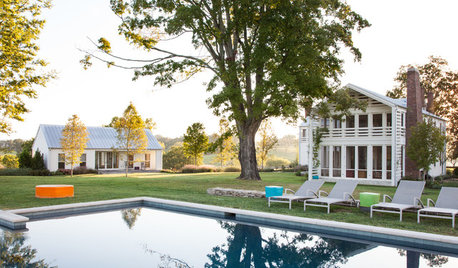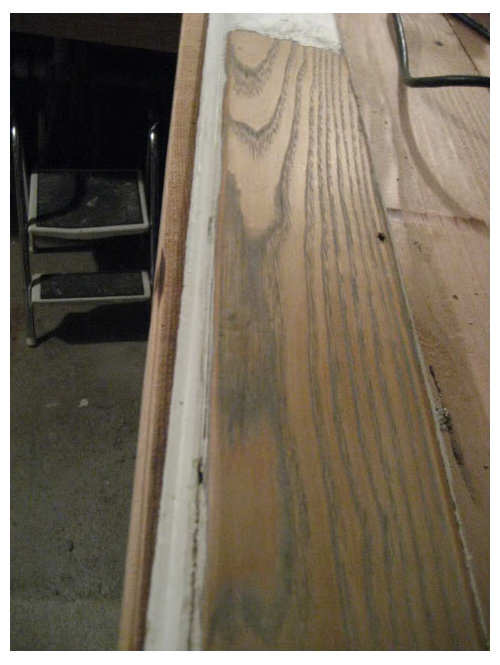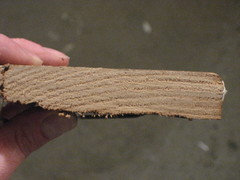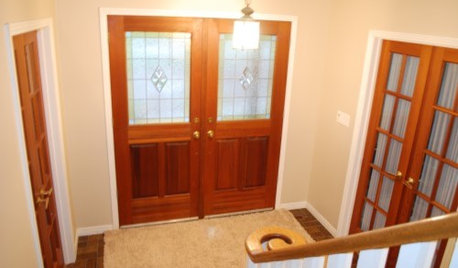Can you help me identify this wood?
kerrygw
15 years ago
Featured Answer
Sort by:Oldest
Comments (25)
sierraeast
15 years agojustnigel
15 years agoRelated Professionals
Brookfield Carpenters · Lisle Carpenters · Olathe Carpenters · Round Rock Carpenters · Waltham Carpenters · Levittown Carpenters · Fort Pierce Flooring Contractors · Hialeah Gardens Flooring Contractors · Honolulu Flooring Contractors · Monroe Flooring Contractors · Moorhead Flooring Contractors · New Orleans Flooring Contractors · Bronx Furniture & Accessories · Mansfield Furniture & Accessories · Rogers Furniture & Accessoriessombreuil_mongrel
15 years agokerrygw
15 years agosombreuil_mongrel
15 years agokerrygw
15 years agoJon1270
15 years agokerrygw
15 years agoJon1270
15 years agosombreuil_mongrel
15 years agokerrygw
15 years agodiytrying
15 years agokerrygw
15 years agosombreuil_mongrel
15 years agoJon1270
15 years agoglennsfc
15 years agokerrygw
15 years agokerrygw
15 years agosombreuil_mongrel
15 years agoJon1270
15 years agokerrygw
15 years agotom_nwnj
15 years agolily1960
14 years agobig_deck
14 years ago
Related Stories

GARDENING FOR BIRDSBackyard Birds: How to Identify Two Common Woodpeckers
Downy and hairy woodpeckers have similar coloration and behavior. But there are two big differences that separate them
Full Story
MOST POPULAR9 Real Ways You Can Help After a House Fire
Suggestions from someone who lost her home to fire — and experienced the staggering generosity of community
Full Story
STUDIOS AND WORKSHOPSYour Space Can Help You Get Down to Work. Here's How
Feed your creativity and reduce distractions with the right work surfaces, the right chair, and a good balance of sights and sounds
Full Story
HOUZZ TOURSWe Can Dream: An Expansive Tennessee Farmhouse on 750 Acres
Wood painstakingly reclaimed from old barns helps an 1800s farmhouse retain its history
Full Story
LIFEDecluttering — How to Get the Help You Need
Don't worry if you can't shed stuff and organize alone; help is at your disposal
Full Story
DECORATING GUIDESCould a Mission Statement Help Your House?
Identify your home’s purpose and style to make everything from choosing paint colors to buying a new home easier
Full Story
STANDARD MEASUREMENTSThe Right Dimensions for Your Porch
Depth, width, proportion and detailing all contribute to the comfort and functionality of this transitional space
Full Story
ORGANIZINGGet the Organizing Help You Need (Finally!)
Imagine having your closet whipped into shape by someone else. That’s the power of working with a pro
Full StoryMore Discussions














lindac